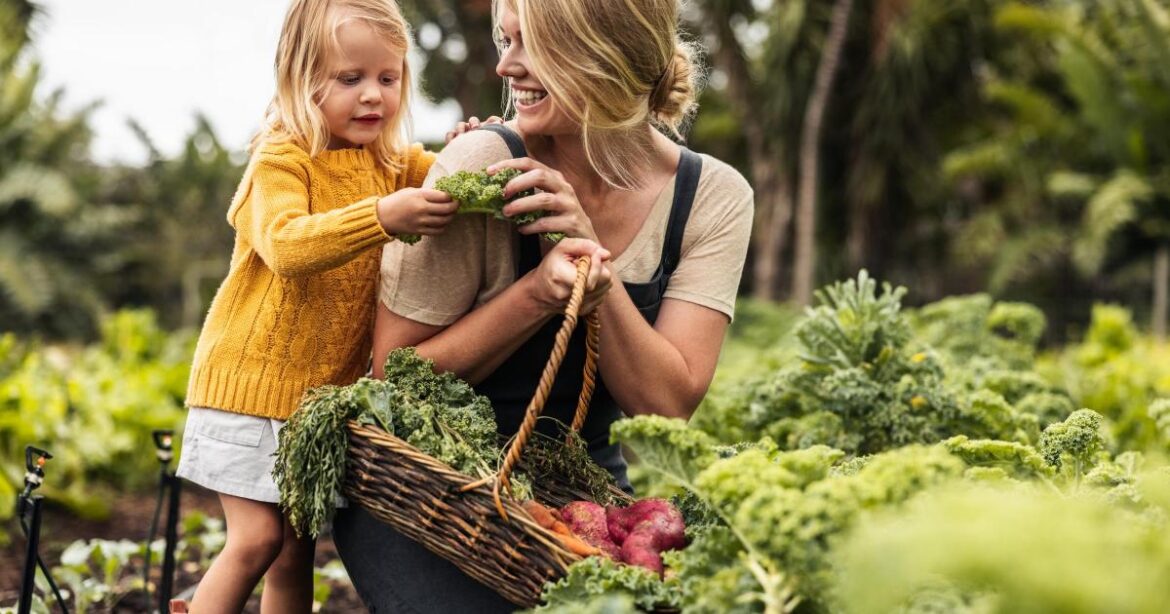This also lets these open-pollinated ones adapt to local growing conditions, a factor that’s becoming increasingly important during the period of Climate Change humankind has brought upon ourselves.
The starkest example of adaptability I can think of is Shetland kale, also known as Shetland cabbage. If it could adapt to life in Shetland, there’s not much plants can’t survive. Grown there since at least the 17th Century, it enjoyed the protection of enclosures known as ‘Crö’. This at least prevented the plants from being blasted out of the ground by the gales.
Shetland kale seed is available to members from Garden Organic’s Heritage Seed Library [HSL]. In 1975, the Library was established by Garden Organic’s founder, Lawrence Hills. It was originally known as as The Genetic Resources Unit. And over the decades, it has assembled over 800 heritage seeds, which might otherwise have been lost.
I have no doubt that the current interest and enthusiasm for heritage seeds can be traced back to the imaginative foresight of Hills half a century ago.
The Library, under the direction of Catrina Fenton, has established a network of voluntary Seed Guardians who between them maintain the collection. Every year, members can choose up to six small packs from a catalogue containing 150 varieties. Members are encouraged to save their own seed from the small handful they receive.
As a Scot I am delighted that, as well as Shetland kale, other Scottish seeds are maintained by the Library and I can vouch for a few I know, including the tall peas, Robinson. Their current Seed Guardian, Adam Alexander describes them as ‘The finest pea I grow’. I agree, who could resist those superbly sweet peas.
Asparagus Kale is another Scots contribution. This old variety was featured in the seed catalogue of the renowned French seed company, Vilmorin-Andrieux in 1885. Relatively low-growing, when picked young in autumn and early spring the sweet nutty flavour of the leaves is unbeatable.
I could go on, but you get the message: HSL contains irresistible goodies which are often tastier and make better eating than commercial varieties bred to withstand mechanical harvesting and packing and for a long shelf life.
Thanks to the current popularity of heritage varieties, some, including Shetland kale, are now available from other seed companies, like Real Seeds. Unfortunately, no veg seeds were grown in Scotland after the 1980’s. Producers reckoned our unreliably wet weather and humid conditions made drying seed very difficult.
But there are now signs of hope. A new company, Seeds of Scotland [https://www.seedsofscotland.com/] was established in 2024. The company limits its production and sales to open-pollinated and heritage varieties. I strongly recommend visiting their website and planning and ordering seed for next year.
These commercial developments are very welcome, but as an HSL member and former Garden Organic trustee, I’m reassured that their precious seed collection is in safe hands and that its invaluable genetic treasure is secure, especially given the future vagaries of Climate Change.
Plant of the week
(Image: Agency)
Tulip ‘Fenna’ has star shaped flowers with vivid pink/red petals on short stalks.
Developed from species native to Central Asia it needs well drained soil or, best, a pot tall enough for you to easily appreciate the flowers.
.


Comments are closed.